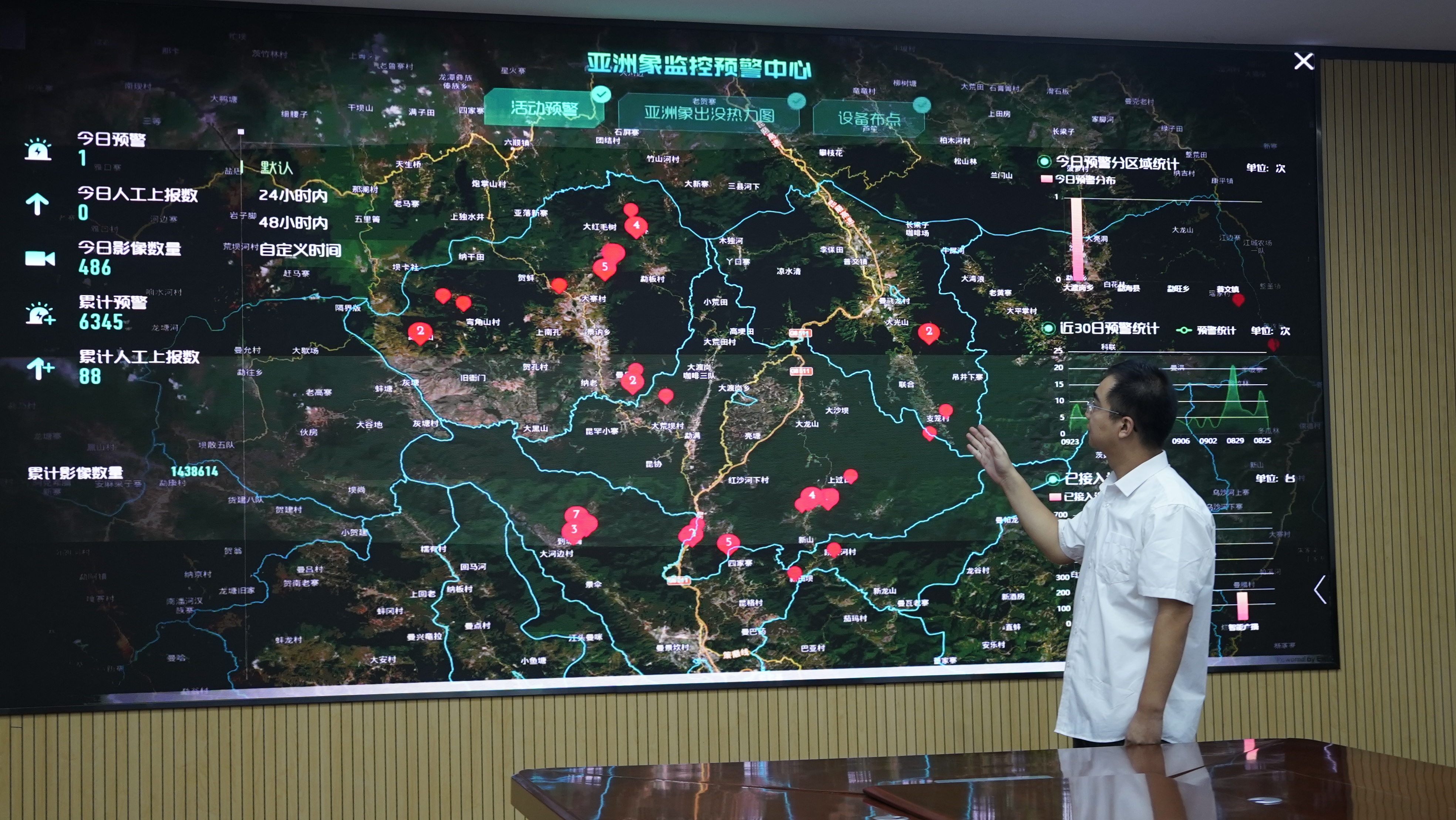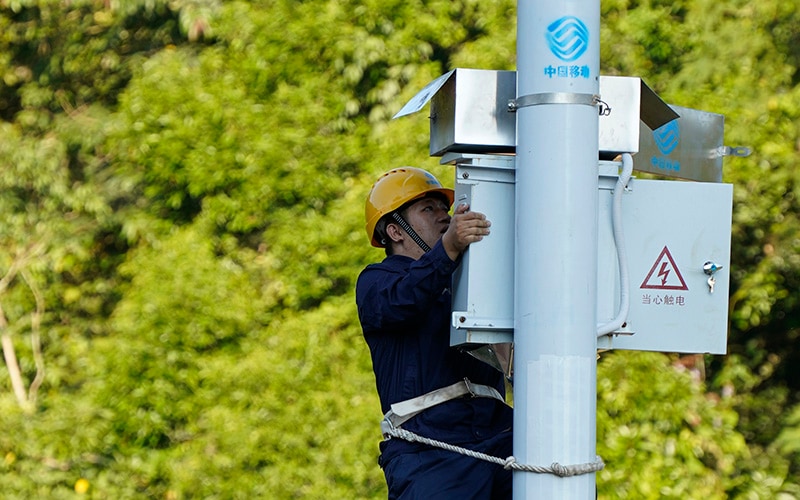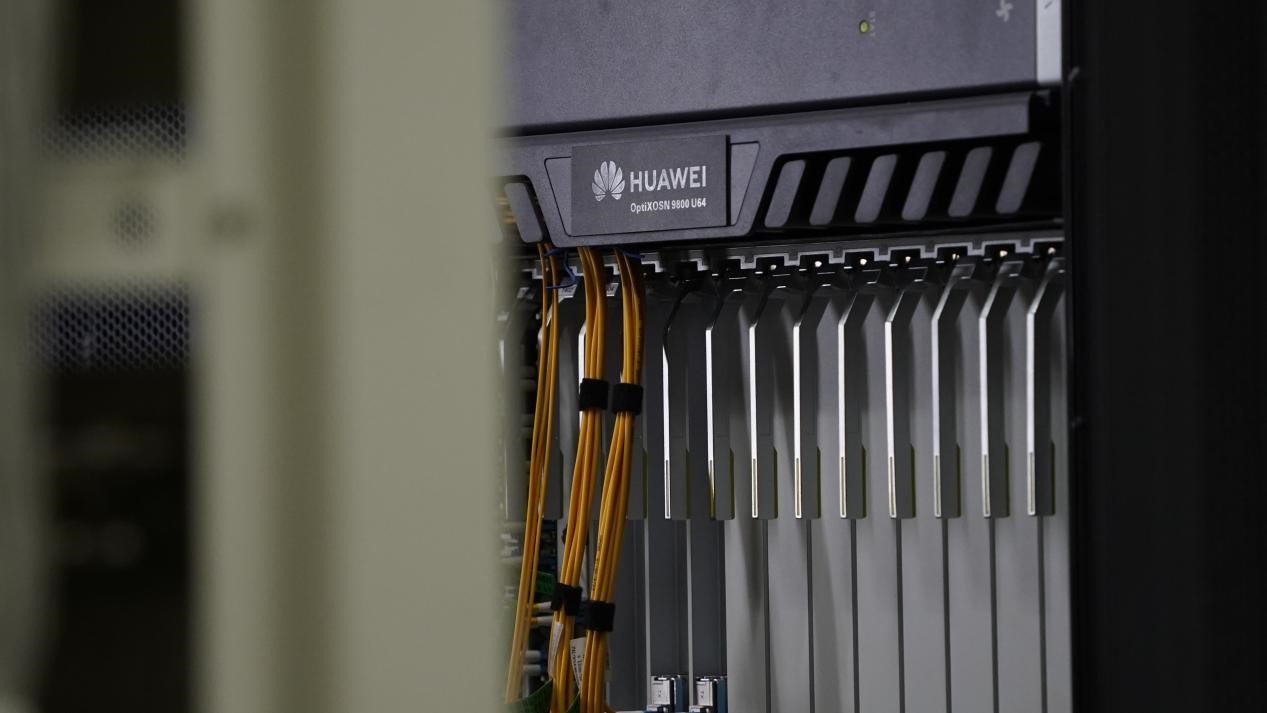Use Cases
Living in Harmony: All-optical Solutions Help People Co-exist with Asian Elephants
China Mobile Yunnan and Huawei have built a 1-3-9 all-optical smart city solution that uses all-optical connectivity to provide track and send alerts in real time if elephants roam onto land occupied by local people.


By Li Lu, Senior Marketing Manager, Huawei Optical Business Product Line
Overlapping living spaces
Asian elephants are the largest terrestrial vertebrates in Asia. A protected species in China, they are listed as an endangered species in the United Nations Convention on International Trade in Endangered Species of Wild Fauna and Flora (CITES). Wild Asian elephants are mainly distributed in Xishuangbanna Dai Autonomous Prefecture, Pu'er City, and Lincang City in Yunnan Province.
After more than 30 years of rescue and conservation efforts, the number of wild Asian elephants in Yunnan has increased from 190 in the early 1980s to more than 300 today. While the population grows, Asian elephants' living habits, especially their eating habits, are also changing. They are no longer afraid of humans and often look for food where people live, with the rich variety of crops grown outside elephant reserves attracting the gentle giants.
Preventing head-on conflicts between elephants and local residents is a challenge to conservation efforts.

Figure 1: Asian elephant rescuers giving rewilding training to rescued elephants
Alert! From manual to networked
Residents in Xishuangbanna have been looking for ways to avoid either themselves or their old neighbors getting hurt.
In the past, conservation workers on foot tracked the location of Asian elephants to both protect them and issue warnings to visitors. Although the infrared cameras deployed in forests recorded many valuable images, they could not be transmitted due to a lack of connectivity, wasting their value.
Moreover, Asian elephants are nocturnal, a time where manual observation is severely limited.
In 2019, to reduce conflicts between humans and elephants, Xishuangbanna National Nature Reserve launched China's first Asian elephant protection and monitoring system. Infrared cameras and video monitoring devices are deployed around the rainforest areas and villages that elephants frequent, and the data is transmitted in real time over the network. Alerts are sent through the intelligent broadcast platforms and mobile apps to warn nearby villagers if an elephant is nearby, creating a protective mesh as shown in Figure 2.

Figure 2: Asian elephant-monitoring and warning center
All-optical city networks
Real-time alerts are key to avoiding conflicts between humans and elephants. High-speed networks can help track Asian elephants in real time and greatly improve the efficiency of rangers and researchers. The high-speed network built by Huawei for China Mobile Yunnan uses technologies such as all-optical networks, 4G and 5G, cloud, and IoT, as shown in Figure 3.
In the past two years, China Mobile Yunnan established the all-optical smart city network construction plan as part of the Digital Yunnan strategy. By building a 1-3-9 latency circle covering Kunming, central Yunnan, South Asia, and Southeast Asia, China Mobile Yunnan aims to support the digital transformation of cities in Yunnan. The city of Kunming falls within the 1-ms latency circle, and the high-quality all-optical network features OTN sites distributed across the city to power a smart Kunming. Central Yunnan lies within the 3-ms latency circle. As an all-optical base for the integrated big data center system in Yunnan, the area introduced advanced technologies like OXC and 200G to achieve more than 10 times the digital transportation capacity at lower energy consumption. South Asia and Southeast Asia fall within the 9-ms latency circle.
Kunming is set to become an international digital hub node around Southeast Asia to strengthen infrastructure interconnections, unimpeded trade, financial integration, and information exchange between Yunnan and South Asian and Southeast Asian countries. It is intended to accelerate the construction of a central digital hub that radiates towards South Asia and Southeast Asia.

Figure 3: An engineer working on the monitoring and warning network equipment
3 key network features
First, private-line solution supports the real-time backhaul of high-definition monitoring videos. Monitoring data is crucial for researching the behaviors, distribution, and population of Asian elephants. High-quality private lines ensure the highly reliable transmission of monitoring data, while supporting microsecond-level latency in transmission from cameras to cloud. Lossless HD video data greatly improves the efficiency of identifying Asian elephants and provides real-time alerts to local villagers.
Second, the coordinated management of protecting Asian elephants is performed across counties and autonomous prefectures based on the all-optical city network. Wild Asian elephant activity occurs in many places, including Xishuangbanna and Pu'er, and collaboration across these places is crucial. The low latency of the 1-3-9 solution enables the real-time exchange of data between different forestry and grassland administrations, with ultra-high security and bandwidth.
Third, an ultra-low-latency optical transmission link is established between the Asian elephant monitoring and warning center in Xishuangbanna and the center at the provincial forestry and grassland administration in Kunming, enabling the two centers to collaborate on joint research.

Figure 4: Huawei OTN equipment in the all-optical city network
Harmony enabled by technology
With the networks spread around local rainforests and villages, it takes just 10 to 15 seconds from spotting an Asian elephant to issuing an alert. So far, no injuries or conflicts have occurred where the monitoring equipment is deployed – more than 1.4 million images have been captured and 6,000 alerts issued.
Technological innovation can both benefit both humanity and biodiversity and is essential for a green and sustainable future.
Learn more about Huawei's all-optical network solutions.
- Tags:
- Optical Networks
- TECH4ALL






